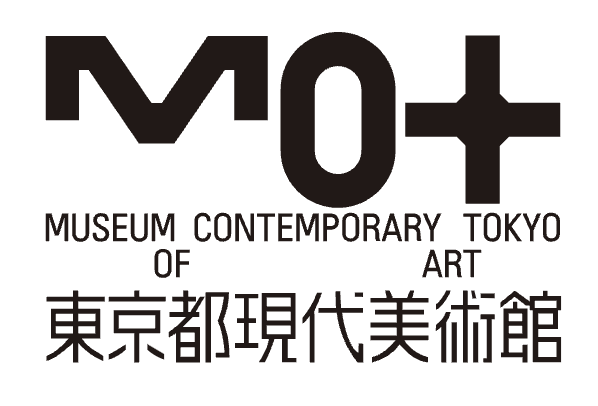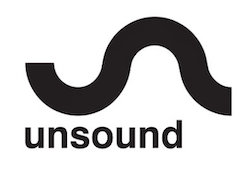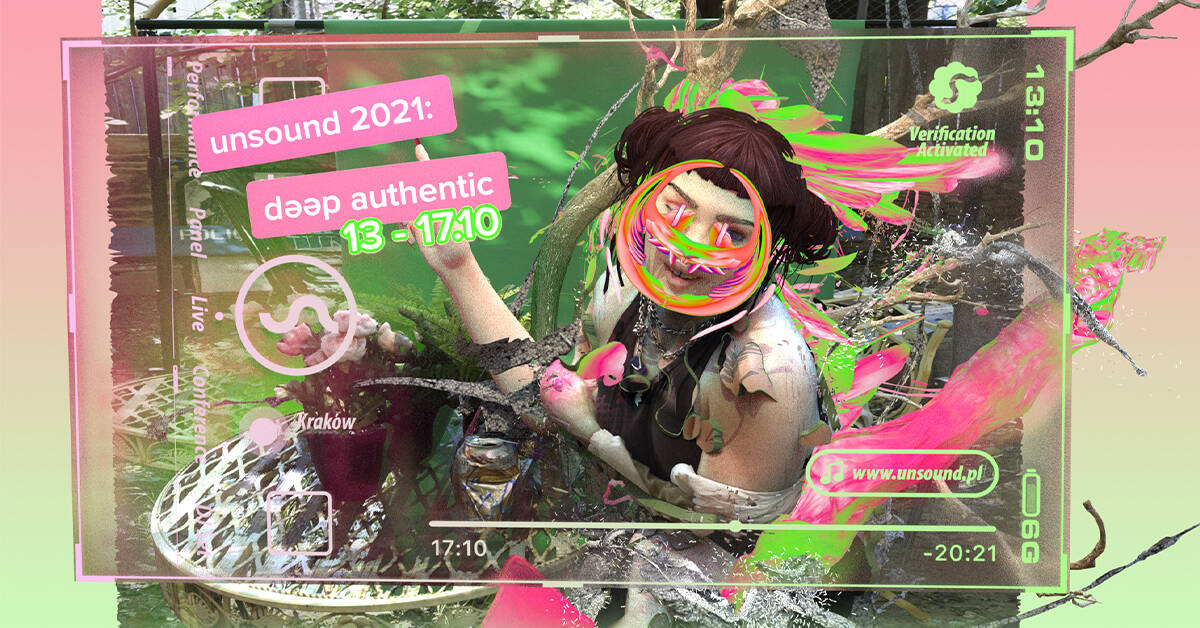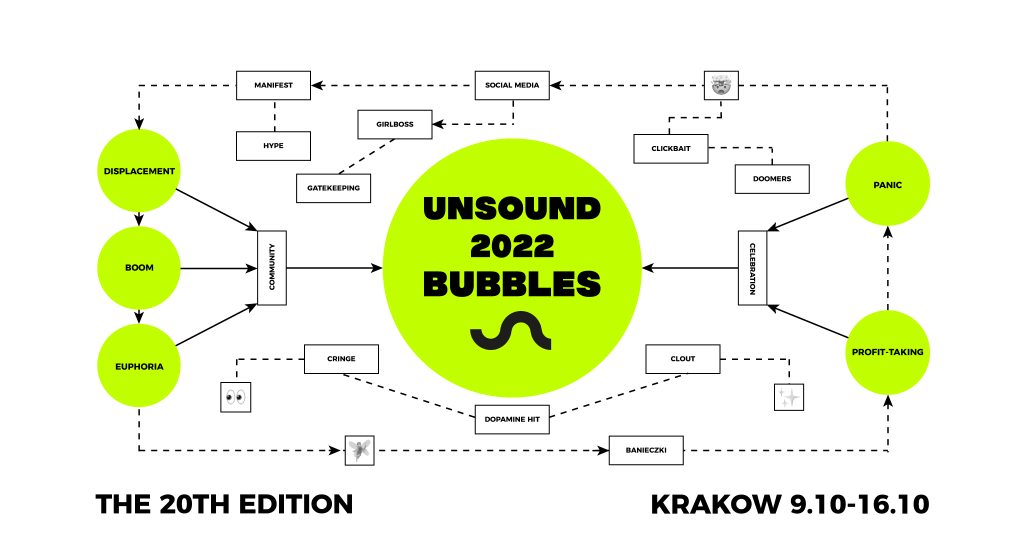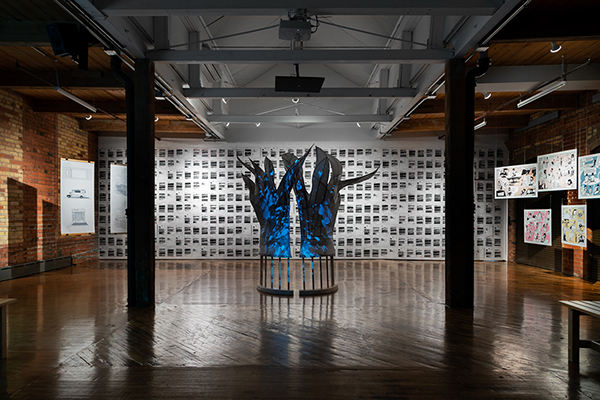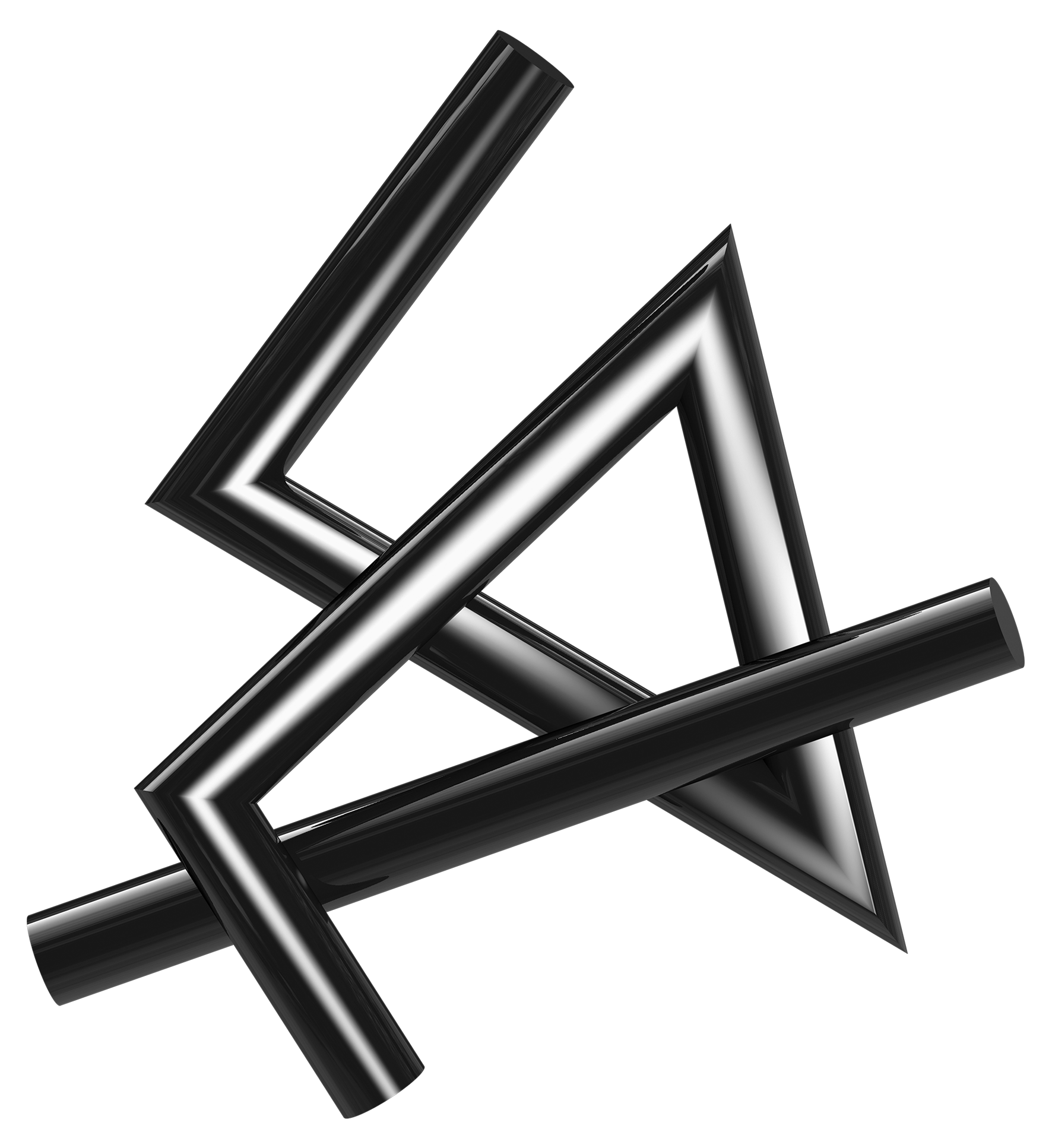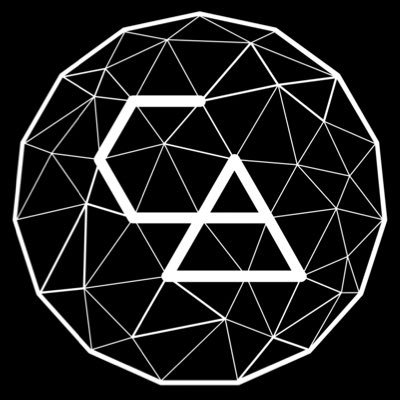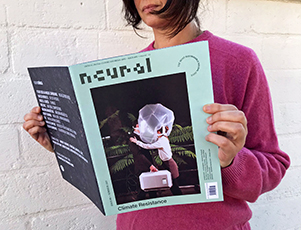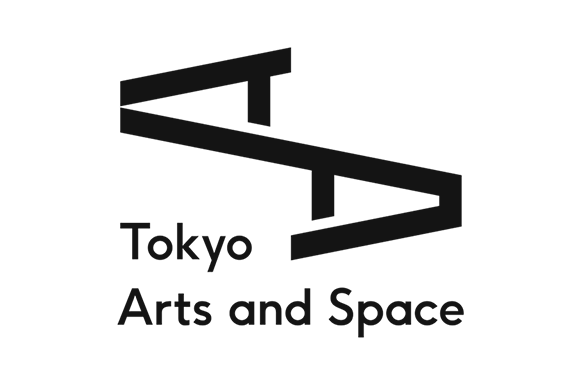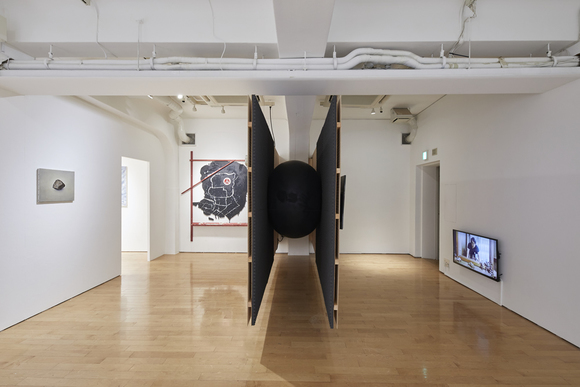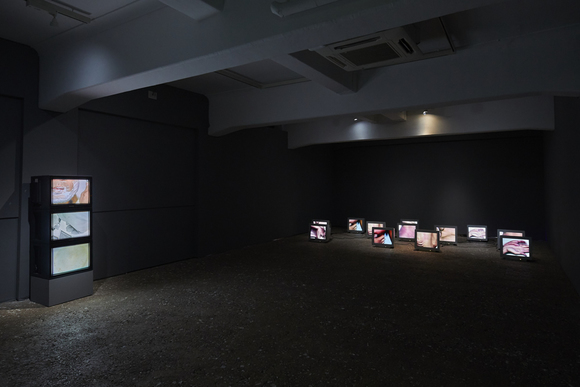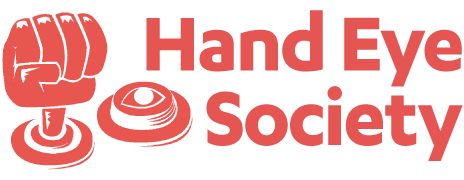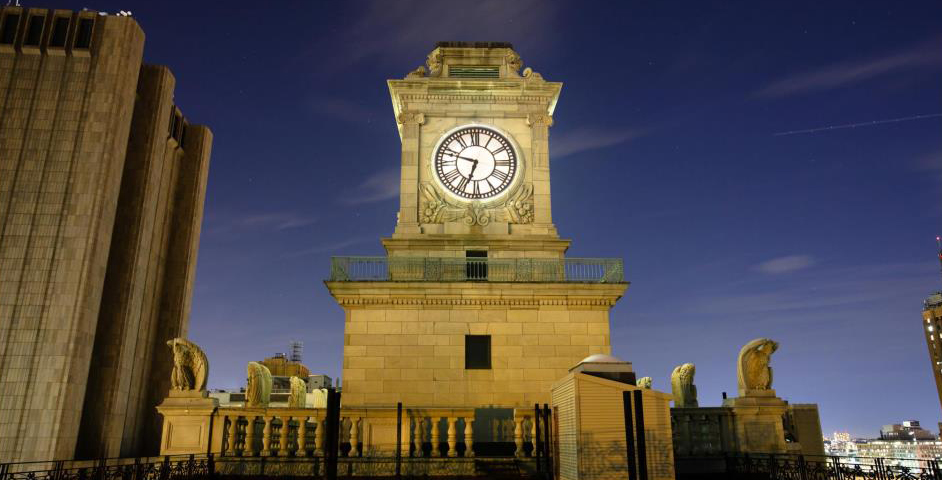With a collection of over 5,500 works of art and 270,000 book materials, the Museum of Contemporary Art Tokyo today conducts various projects to grasp the current state of art by actively addressing the latest creative endeavors, both at home and abroad, within a variety of fields. It attempts to meet the needs of wide range of visitors, its various departments collaborating in such areas as the collection of works/reference materials, the presentation of permanent/ temporary exhibitions, education and the maintenance of a comprehensive art library, working in the pursuit and promotion of art that is appropriate to the diversified values of the current age. [1]
Unsound focuses on a broad swath of contemporary music — emerging, experimental, and leftfield — whose sweep doesn't follow typical genre constraints. Influential, it has developed a reputation for identifying innovative scenes and radical sounds.[1]
Founded in 2003, Unsound wasn’t always the festival it is now. The very first edition ended with artists thrown out of a club for playing music that was too weird for regular patrons. Now, with the main festival still happening every year at a number of venues across Kraków, regular events also take place in New York, Adelaide, Toronto, and London. Between 2016 and 2018, Unsound also produced eleven festivals in Eastern Europe, Central Asia and the Caucasus, part of a long history of working with curators and artists in the post-Soviet region.[1]
As well as spotlighting emerging artists, Unsound also commissions new shows and encourages transborder collaborations, adapts and reimagines abandoned spaces for concerts and club nights, manages cutting-edge artists, and is known for its sound-inspired Ephemera perfume project. Unsound is also a platform, commissioning and releasing new music and books.[1]
Founded in 1971, Trinity Square Video is one of Canada’s first artist-run centres and its oldest media arts centre. We are a not-for-profit, charitable organization.[1]
For 50 years, Trinity Square has been a champion of media arts practices. Our activities are guided by a goal to increase our members’ and audiences’ understanding and imagination of what media arts practices can be. Trinity Square strives to create supportive environments, encouraging artistic and curatorial experimentation that challenge medium specificity through education, production and presentation supports.[1]
As video-based practices have become increasingly present across disciplines, Trinity Square engages artists and curators in critical investigations into the changing conditions of perception, materiality and the virtual. We consider all of our artistic activities and structures through a process of critical self-reflection, continuously evaluating the ethical positioning of our programming, jury structures, inter-organizational relationships, et cetera. In addition to holding aesthetic worth in its own right, our artistic programming extends our education and production activities in order to generate new knowledges.[1]
Trinity Square’s programming is guided by three priorities: 1) promoting an expanded definition of media arts; 2) promoting the meaningful engagement of diverse voices in all levels of our operations; and 3) supporting and nurturing the production of new works by artists and curators. Our membership represents the diversity of the city and honours the original mandate of the organization—seeking to reduce barriers to access related to race, gender, sexual orientation, and socio- economic and physical ability. [1]
Over 20+ years, CTM has been highlighting new strains of pop and fringe cultures that venture through the weird, the challenging, the cathartic, the esoteric, the contagious, and the ecstatic – simultaneously exploring sonic histories, contexts, and political and technological entanglements. Though international in its approach, CTM remains deeply rooted in and committed to Berlin’s DIY and club scenes, from which it emerged in 1999. [1]
Listening and dancing within the gaps between musics, communities, and scenes, CTM defies easy categorisation and tests the current possibilities and limits of sound and music. Programming supports a multitude of voices, backgrounds, experiences, and perspectives – CTM is for all forms of music as long as they dare to experiment, question, and demonstrate conviction. Our work reaches out to all corners of the globe to explore and explode wildly different, experimental, mutating global scenes. [1]
CTM is an independent, non-profit initiative built, from the very start, on constant collaboration. We work closely with artists, guest curators, and researchers to support them in realising new projects and to produce and transmit new knowledge across performances, exhibitions, talks and artistic labs, writing, and more. Through a multi-perspective approach, we aim to respond to the diversity of an increasingly polycentric, polychromatic, and hybrid (music) world, always with empathy, openness, and a desire to counter global asymmetries. [1]
Because of CTM’s mutually collaborative nature, activities highlight a large and ever-expanding range of practices in and around sound. Through yearly themes, the festival experiments with formats, locations, technologies, and ways of listening, creating multiple entry points from which to engage with sound and their contexts. [1]
Music is not a parallel world, but rather a seismograph of our current societies, a powerful force with which to cope with uncertainty and change, and a medium through which to imagine different futures. [1]
Since 2008, CreativeApplications.Net (CAN) has been at the forefront of innovation—facilitating and driving the conversations about technology, society and critical making. It has played an instrumental role in uncovering and contextualising noteworthy work, featured on the festival and gallery circuit or developed as academic research. With over 3,500 catalogued projects, experiments, texts and reviews, CAN plays an instrumental role in shaping the innovative creative practices of tomorrow.[1]
Neural is a printed magazine established in 1993 dealing with new media art, electronic music and hacktivism. It was founded by Alessandro Ludovico and Minus Habens Records label owner Ivan Iusco in Bari (Italy). In its first issue (distributed in November 1993) there was the only translation in Italian of the William Gibson’s Agrippa (a book of the dead) book.[1]
The first topics covered were: cyberpunk (both as a literally and political movement), electronic music, networks and BBS, virtual reality, media, science fiction and UFO. The magazine’s mission was to be a magazine of ideas, becoming a node in a larger network of digital culture publishers. The magazine was also committed to give its topics a proper visual frame: focusing on graphic design and how it could have expressed the electronic culture in a sort of printed ‘interface’, exploiting at the same time the “sensorial” possibilities of the printed page. So, for example the page numbering was strictly in binary numbers for 3 years, then decimal figures were added aside. There was a department with stereogram pictures and the centerfold hosted a few optical art artworks. The graphic design included a fixed space in every article for contact and links, being inspired by the Whole Earth Catalog experiments.[1]
Tokyo Arts and Space (TOKAS) is an arts center dedicated to the creation and promotion of contemporary artistic expression from Tokyo, and supports a wide spectrum of artistic activities including crossover and experimental projects. Established in 2001 as Tokyo Wonder Site (TWS), an initiative for the support and nurturing of young artists, it was renamed Tokyo Arts and Space in 2017. [1]
With its mission to provide ongoing support for emerging and mid-career artists, promote creative international cultural exchange and offer support for cutting-edge and experimental creative projects, TOKAS is implementing a variety of programs including presenting works by young creators, themed exhibitions, performances and open call contests, as well as operating artists-in-residence programs for international and local creators in Japan working in a variety of fields. With two main venues, TOKAS Hongo, as a facility for presentation of works, and the TOKAS Residency, where residing creators can create works, TOKAS provides ongoing support for contemporary creative activities through various programs, and will continue to nourish the rich culture of the metropolis of Tokyo, where diverse expressions are welcomed. In addition, Tokyo Metropolitan Government and TOKAS have established the "Tokyo Contemporary Art Award" in 2018, and hold an exhibition of works by the winners at Museum of Contemporary Art Tokyo. [1]
The Hand Eye Society is a Toronto not-for-profit dedicated to supporting and showcasing videogames made primarily as a form of creative expression. We aim to provide exhibition opportunities, education, creative support, mentorship, knowledge sharing and inspiration to artists, enthusiasts, and the game-curious in Toronto. Founded in 2009, it is one of the first videogame arts organizations of its kind in the world.[1]
Clocktower Productions is a non-profit art institution working in the visual arts, performance, music, and radio. Founded in 1972 in Lower Manhattan by MoMA PS1 Founder Alanna Heiss, Clocktower is the oldest alternative art project in New York, and its radio station, Clocktower Radio, was founded in 2003 as one of the first all-art online museum radio stations in the world. The institution functions as a laboratory for experimentation, working closely and collaboratively with artists, musicians, curators, writers and producers to develop, realize and present innovative and challenging work in all media, ranging from installation to performance and from experimental music to radio theater. By engaging both the physical resources of its partner organizations and Clocktower Radio’s access to a broad and international online audience, Clocktower disseminates experimental work to numerous communities, and promotes a rich cultural and social dialogue between artists, audiences, and institutions worldwide.[1]
Clocktower produces multidisciplinary art projects all over the city through creative collaborations with Pioneer Works in Red Hook, Knockdown Center in Queens, and Times Square Arts, Red Bull Studios, and Jones Day in Manhattan. These spaces host Clocktower exhibitions, performances, residencies, radio, and administrative activities. While Clocktower examines opportunities for a permanent long-term home, administrative offices are located in the Jones Day office building on East 41st Street, with a satellite studio for full-time radio production and broadcast at Pioneer Works, in Red Hook.[1]
FILE – Electronic Language International Festival is a non-profit cultural organization that sparks a reflection on the main aspects of the contemporary digital and electronic universe; disseminating the electronic language across Brazil and South America through events and publications since the year 2000.
FILE gathers works of aesthetic expression that capture the main trends and movements of our contemporary culture, which are diversified amongst the main categories of the festival:
Electronic Sonority: Sound Performance, Sound Installations, Sound Art, Genetic Music, Biologic Music, Classical Electronic Music, Pop Electronic Music, Dramatic Radio Broadcasting, Radio Art, Sound Landscape, Sound Robotics, Music Video, Sound Poetry, Sound Robotics, etc.
Interactive Art: installations, performances, internet projects, virtual reality, augmented reality, multitouch tables, digital objects, outdoor projections, phone projects, electronic graffiti, VRML, etc.
Digital Language: digital games, animation, digital theatre, machinima, digital video, digital architecture, digital fashion, digital design, robotics, artificial life, biological art, transgenic art, software art, new interfaces, animes, hypertexts, non-linear scripts, artificial intelligence, programming language, digital poetry, digital dance, etc.
Founded in the year 2000 by Ricardo Barreto and Paula Perissinotto, FILE aims to magnify technological discussions in the cultural scope. Besides the traditional annual event in São Paulo city, the festival expands itself across national and international borders to cities such as Rio de Janeiro, Vitória, Belo Horizonte, Curitiba, Porto Alegre, São Luis and Brasilia.
FILE’s mission is to promote wider access from the general public to technologic languages demonstrating how our contemporary world builds itself on the advances of new and digital media.[1]
